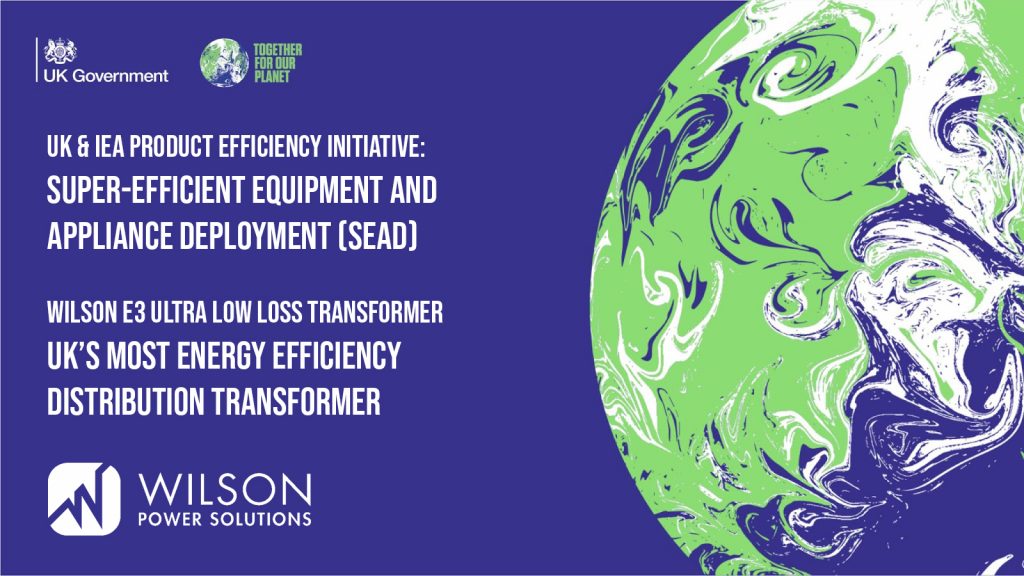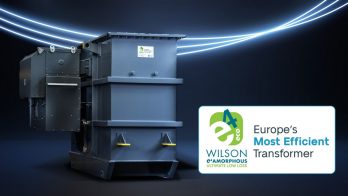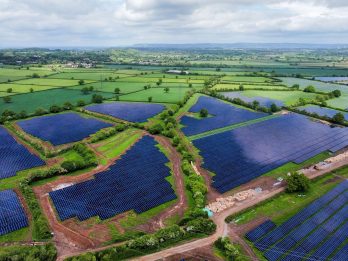COP26: Energy Efficiency Initiative

This November the UK is hosting the UN climate change conference COP26 in Glasgow. World leaders will meet with the aim to agree on how to tackle the urgent threat of global climate change. Governments and organisations have to work in partnerships to prevent global temperatures from rising above 1.5C and protect our planet and people from the intensifying impacts of climate change.
If we don’t act immediately, by the end of the century we will warm the world by at least 3C. This would cause catastrophic flooding, pollution, bush fires, extreme weather and destruction of species. The UK was the first major economy to commit to Net Zero by 2050. Since 1990, the UK has already cut emissions by 40% while growing the economy by more than three-quarters. When the UK began work as the incoming COP Presidency, less than 30% of global GDP was covered by Net Zero targets, this is now at 70%.
At COP26 in Glasgow, the United Kingdom and the International Energy Agency have announced the COP26 Product Efficiency Call to Action to improve the efficiency of key internationally traded products to reduce greenhouse gas emissions and energy waste.
Super-Efficient Equipment and Appliance Deployment (SEAD)
SEAD initiative gained support from 14 countries already. The signatories so far are Australia, Brazil, Chile, Colombia, Denmark, Germany, Ghana, India, Indonesia, Japan, Korea, Nigeria, Sweden and the UK. To deliver the transition, governments agree to commit to at least one of these priorities;
- Work towards aligning product standards with the objective to double the energy efficiency of products sold globally by 2030
- Promote ambitious products and policies nationally, regionally and globally to create incentives that could expand the markets of these energy-efficient products and bring the prices down
- Lead a programme of action on one of the four high energy-consuming products (motors, air conditioners, refrigerators and lighting)

Old Energy Guzzling Distribution Transformers
The call to action brings attention to the importance of not only adding energy-efficient products to the market but the retirement of less efficient equipment too. Replacing old inefficient appliances are vital to achieving a clean and affordable energy transition. This is something we have working on at Wilson Power Solutions for years. The average age of a distribution transformer in the UK is 63 years!! This inspired us to launch our Wilson e3 Ultra Low Loss Amorphous Transformer, the UK’s most energy-efficient distribution transformer.
This means that the average distribution transformer in the UK was installed in the 1950s. Replacing an old 1000kVA (industry standard) energy-guzzling transformer installed in the ’50s with a Wilson e3 Ultra Low Loss transformer can save annually 59,809 kWh of electricity and 12.57 tonnes of CO2 emissions. This simple infrastructure decision does not only save energy and carbon but adds around £11,646 annually to the bottomline which could be used towards other decarbonisation plans and commitments.
Over £2 Billion Annual Savings if The UK Replaces All Old Inefficient Transformers
The potential is huge if we look at every old distribution transformer in the UK. ENA Adaptation to Climate Change First Round Report suggests there are 230,000 11kV to 400/230V distribution substations nationally. If we assume that each substation has only one transformer installed in the 1950s, the saving potential if these transformers get replaced could be enormous. Replacing these transformers could save the UK annually 13,756,070 MWh of electricity, 2,891,100 tonnes of CO2 emissions and £2,063,410,500 annually (at £0.15/kWh). The payback for the capital cost is two years, then the country can start riping the benefits of these efficient transformers. These numbers are based on the assumption of the average rating 1000kVA at a 70% load factor.
To learn more about our Wilson e3 Ultra Low Loss Transformers, visit this link. To realise the carbon, energy and financial savings from replacing transformers, visit our payback calculator and don’t hesitate to get in touch with us for a more detailed breakdown.


 9 Nov 2021
9 Nov 2021Introducing Wilson e4 Ultimate Low Loss Amorphous® Transformer
Wilson Power Solutions is delighted to launch a brand new distribution transformer, Wilson e4 Ultimate Low Loss Amorphous® Transformer, the most energy-efficient transformer in the UK and Europe. Energy Losses As a UK power and distribution transformer manufacturer, we always look for solutions to limit energy waste by improving our own products’ efficiency. Even though […]
 8 Mar 2024
8 Mar 2024IETF: Industrial Energy Transformation Fund – Phase 3
Industrial emissions account for around 18% of UK emissions. To reach the Net Zero target in 2050, industrial emissions need to fall by around 90% from today’s levels. Industrial Energy Transformation Fund (IETF) launched Phase 3 of industrial grants on Monday 29 January 2024, with the closing date on Friday 19 April 2024, and aims […]
 23 Feb 2024
23 Feb 2024Wilson transformers support Gatwick Airport EV charging stations
Wilson Power Solutions is continuously working towards delivering a sustainable future. We actively participate in green energy projects including electric vehicle charging points, energy storage systems or solar energy generation projects. The latest project we worked on has just come to fruition in London. We have proudly built and delivered 2 x 2500kVA, 33000/415V and […]
 22 Jan 2024
22 Jan 2024










